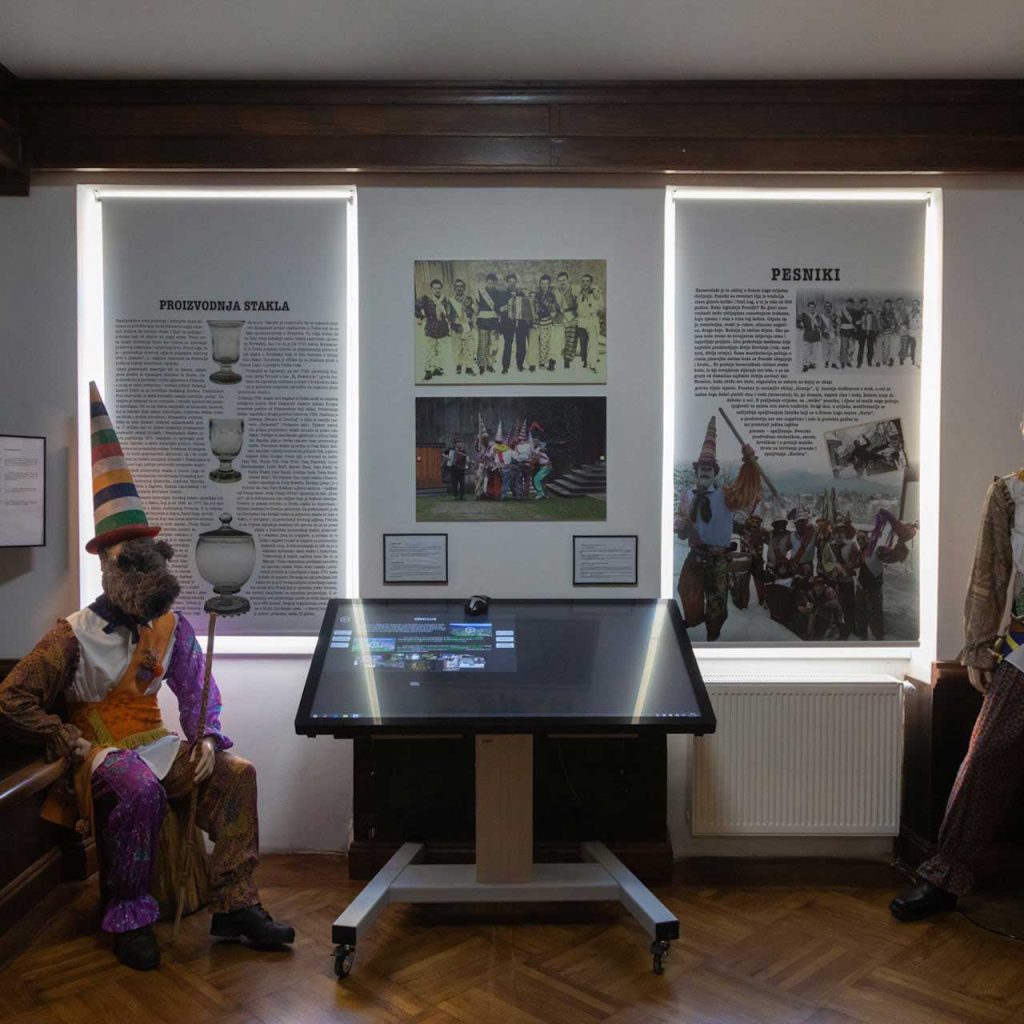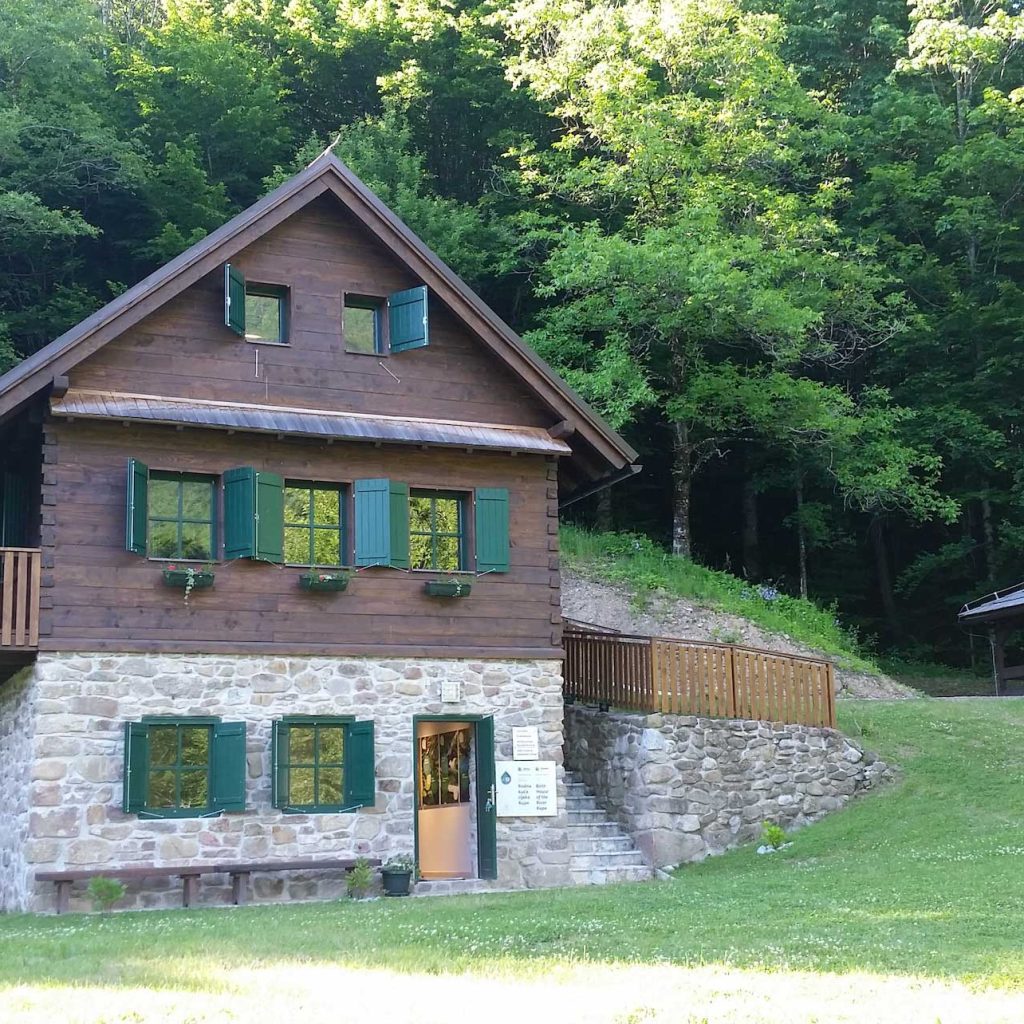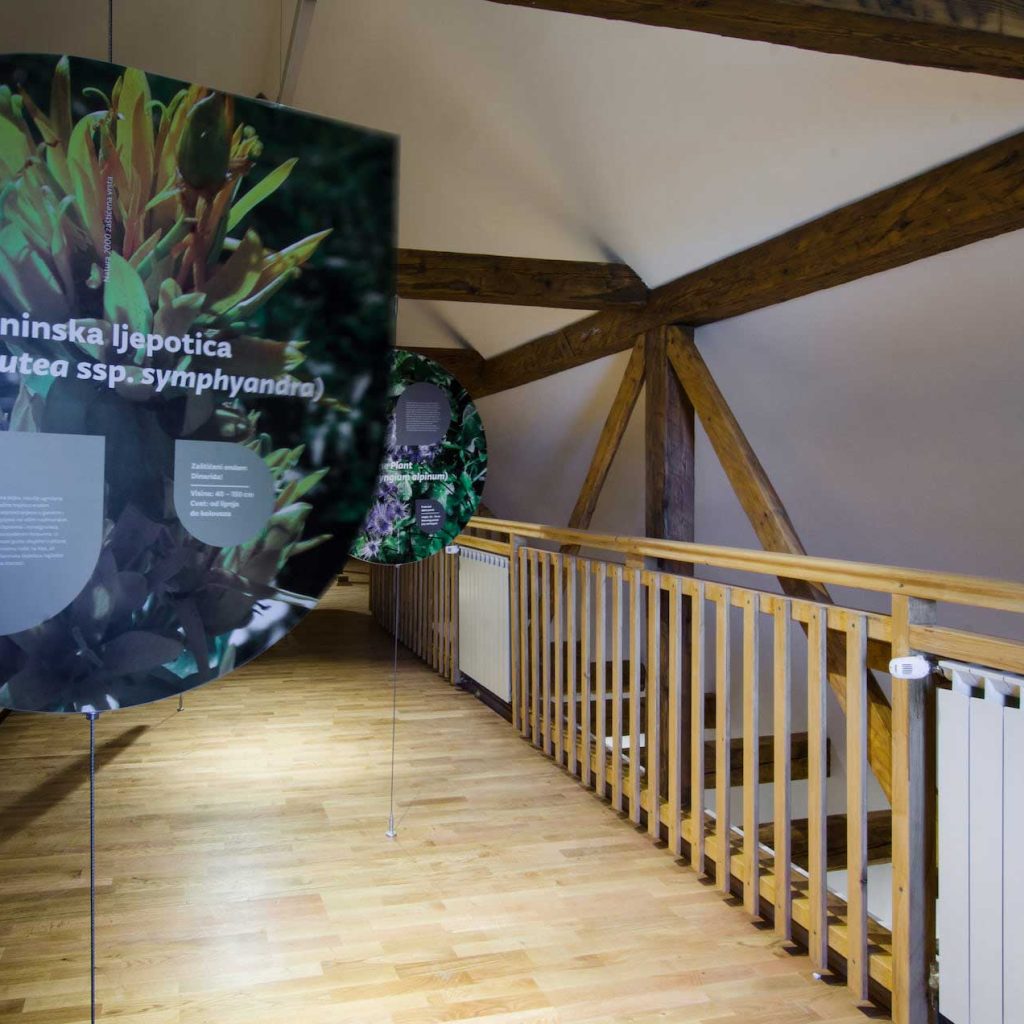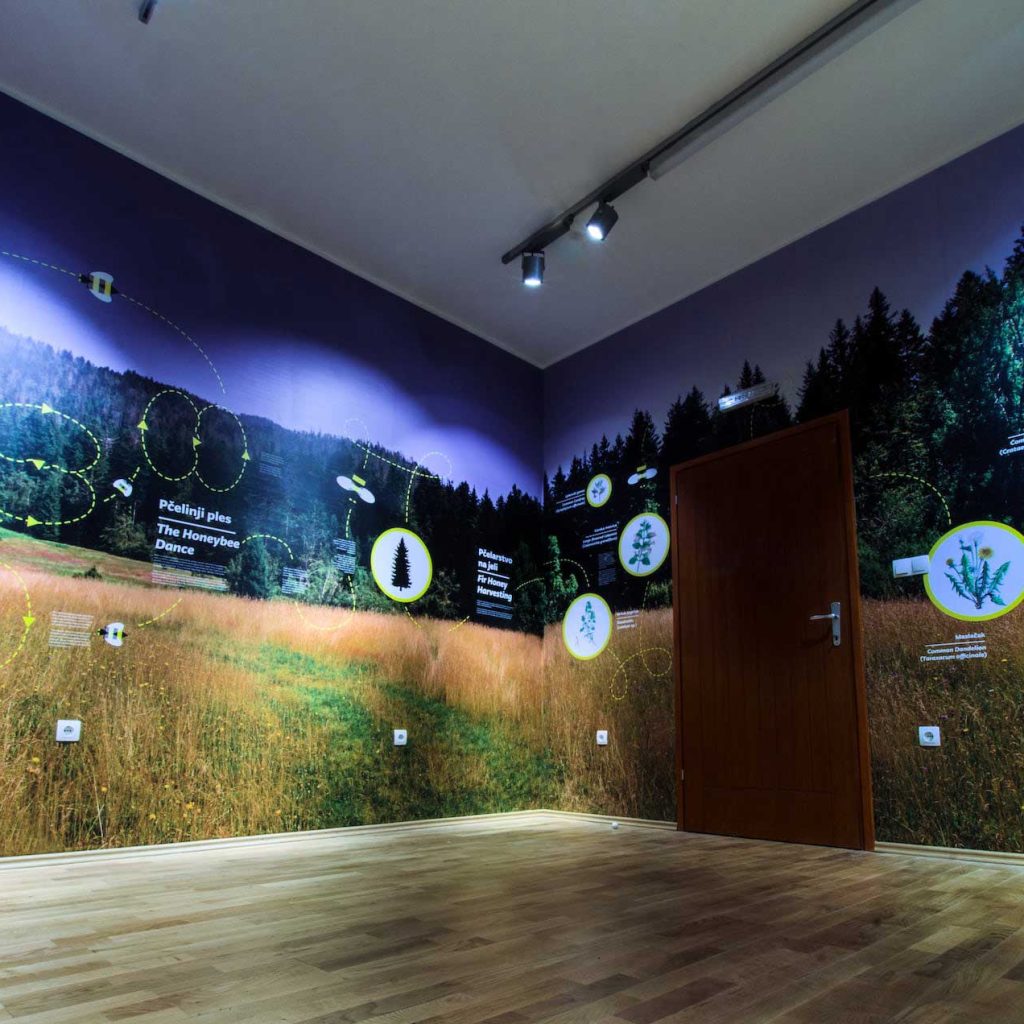At the foot of the Risnjak mountain lies the beautiful small village of Crni Lug, where the “Hidden Treasures of Risnjak” interpretation center is located.
A small treasure chest of tradition will tell you an interesting story through the beauty of nature, history, way of life and tradition of this region.


Visit the Interpretation Center “Kupa River’s Birthplace”, the only river in Croatia that has its birthplace, as such a beauty deserves.
The center is located in the hamlet of Gornji Kupari, in a typical hillside one-story building next to Kupa itself. As the Kupa Valley has always been known as the “Wonderful Valley of Butterflies”, due to the fact that more than 500 species of butterflies live in that area, the house also houses an educational hall with an exhibition about butterflies. A short walk from the Center leads to the green spring and the emerald oasis that will enchant you with its beauty.


Come to the “Goranska House of Knowledge” Interpretation Center in Razloge
This visitor center is located in the small picturesque village of Razloge, inside the old village school. Its exhibition is oriented towards tradition, craftsmanship and mastery characteristic of Gorski Kotar, local village architecture, autochthonous handicrafts, weaving, beekeeping, pastures and three typical beasts of this region – bear, wolf and lynx.






0 Comment